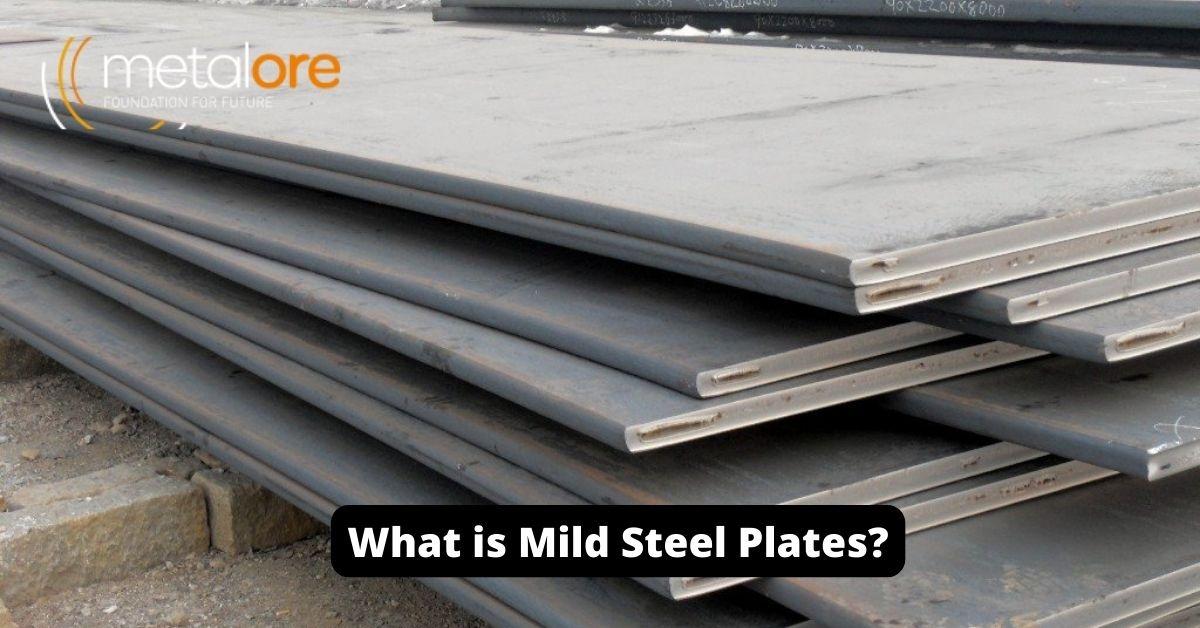What are Mild Steel Plates?
Mild steel plates are fabricated similar to that of other carbon steel plates Mild Steel Plates are used in many industrial applications. Features are like- High tensile strength, Corrosion resistance, Durability, Anti-corrosive body, Resistant to corrosion, Ease to use, Good dimensional accuracy, Fine surface finishes, and Withstand high temperature
A ferrous metal composed of iron and carbon is mild steel. There are many uses for this substance in general engineering because of its affordability and many beneficial properties. Low carbon mild steel is referred to as “ferromagnetic” because of its high iron content and attractive magnetic properties.
Mild steel melts at between 1450 and 1520°C and contains between 0.16 percent and 0.29 percent carbon at its highest point. A steel containing more carbon will have a lower melting temperature than mild steel. Forging, drilling, cutting, and welding are particularly suitable for mild steel due to their high melting temperature and ductility under heat. A simple construction process also makes it easy to use. Galvanized goods made of mild steel are recyclable.
If mild steel exposed areas of any project are coated with a surface protection agent, corrosion resistance is significantly increased. Mild steel has a low corrosion resistance when untreated. A wide variety of red oxide primers, paints, sprays, and zinc treatments can improve the appearance and protect mild steel from rust and corrosion.
Cleansing mild steel by pickling is possible. In addition to removing pollutants, rust, scale, and stains, this chemical treatment eliminates stains and pollutants. It is also possible to remove surface rust by mechanical grinding, which should then be followed by applying for appropriate surface protection. Such as red oxide primer, zinc primer, metal paint, or metal spray.
Features of Mild steel Plates
- It is a great option for many jobs because it is strong and durable, while still being lightweight.
- Mild steel has both good corrosion resistance and good ductility.
- It’s a good choice for projects where you need your structure to be able to withstand heavy loads without being damaged or deformed.
- Mild steel is low-carbon steel with a minimum content of manganese. It is a versatile material that can be used for both structural and non-structural applications.
Applications of Mild Steel Plates
A low-carbon alloy called mild steel is utilized in many different applications. Due to its characteristics, it is perfect for use in high-temperature settings and the construction of tanks, heat transfer, and other structures.
Although mild steel can be cast or forged, for further processing, it is frequently rolled into sheets. Steels made of carbon and stainless steel are the most prevalent varieties.
Compared to stainless steel, carbon steel is less corrosion resistant and easier to mold, weld, and machine. Into pieces due to its lower carbon content. Additionally, it is more corrosion-resistant than stainless steel.

